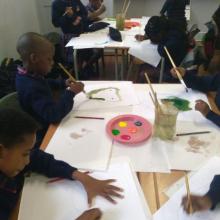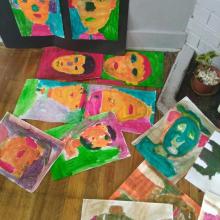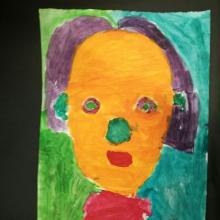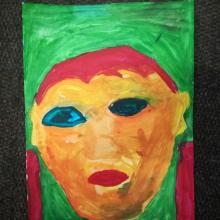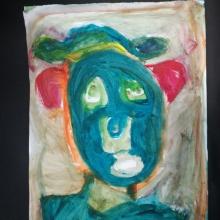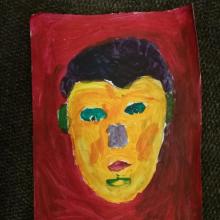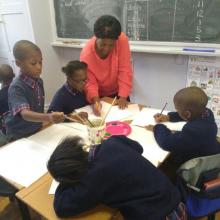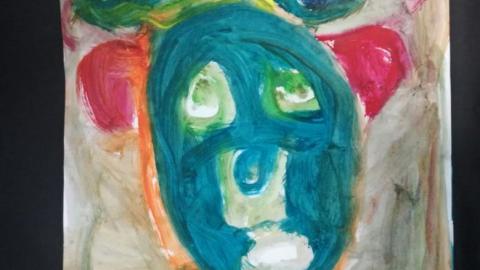
In recent years, school curricula have shifted heavily toward common core subjects of reading and math, but what about the arts? Although some may regard art education as a luxury, simple creative activities are some of the building blocks of child development. Learning to create and appreciate visual aesthetics may be more important than ever to the development of the next generation of children as they grow up.
Developmental Benefits of Art
Motor Skills: Many of the motions involved in making art, such as holding a paintbrush or scribbling with a crayon, are essential to the growth of fine motor skills in young children. Around age three children should learn to draw a circle and begin to use safety scissors. Around age four, children may be able to draw a square and begin cutting straight lines with scissors as it develops the dexterity children will need for writing.
Language Development: For very young children, making art—or just talking about it—provides opportunities to learn words for colours, shapes and actions. In Foundation Phase children can use descriptive words to discuss their own creations.
Decision Making: According to a report by Americans for the Arts, art education strengthens problem-solving and critical-thinking skills. The experience of making decisions and choices when creating a piece of art carries over into other parts of life. “If they are exploring and thinking and experimenting and trying new ideas, then creativity has a chance to blossom,” says MaryAnn Kohl, an arts educator and author of numerous books about children’s art education.
Visual Learning: Drawing, sculpting with clay and threading beads on a string all develop visual-spatial skills, which are more important than ever.
Inventiveness: When kids are encouraged to express themselves and take risks in creating art, they develop a sense of innovation that will be important in their adult lives. “The kind of people society needs to make it move forward are thinking, inventive people who seek new ways and improvements, not people who can only follow directions,” says Kohl. “Art is a way to encourage the process and the experience of thinking and making things better!”
Improved Academic Performance: Studies show that there is a correlation between art and other achievement. A report by Americans for the Arts states that young people who participate regularly in the arts are four times more likely to be recognised for academic achievement, to participate in a math and science fair or to win an award for writing an essay or poem than children who do not participate.
Submitted by : Mrs Krain

